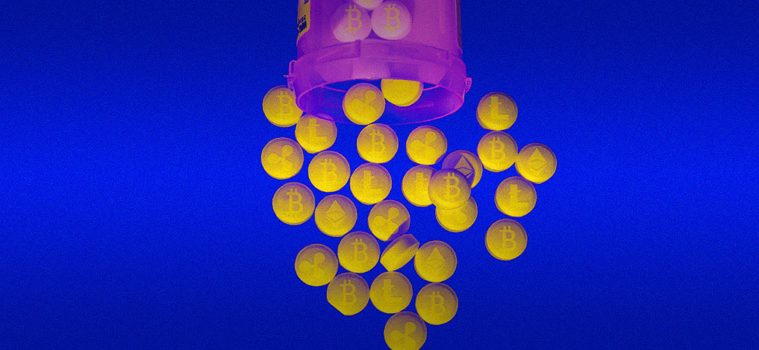A GLOBAL OBSESSION –
Feb. 23, 2022, – Many people’s lives are characterized by similar obsessive-compulsive behaviors. People can be addicted to work, sex, food, power, wealth, possessions and so on. Any external source of stimulation that can cause a change in the chemistry of the brain can (potentially) constitute the basis for the development of an addiction. If we define addiction in terms of its behavioral patterns, rather than societal perception, it is clear that the pandemic of addiction is far more pervasive than commonly understood. In fact, some addictive behaviors, like shopping, are not only acceptable within society but even encouraged. Despite the fact that it can just as easily become as compulsive as using drugs.
ADDICTION TO DEBT AND MONEY CREATION
Total global debt stood at the completely unsustainable level of 355% of global GDP at the end of 2020, with household debt-to-income ratios in the Eurozone, U.S. and Chinaall equal to or exceeding 100%. While all of the world’s largest governments across America, Europe and Asia are struggling with debt-related problems. The U.S. continues piling onto its gargantuan debt of almost $30 trillion while not having had a budget surplus since 2001, only recording five surplus years since 1969. Japan holds the dubious honor of being ranked number one, in terms of its national debt-to-GDP ratio, at 266%. Germany, Europe’s largest economy, is seeing its highest levels of inflationsince EU harmonization in 1997, coinciding with its highest government debt levels in over25 years. While governments in many other major developed countries like Canada, France, U.K., Italy and the Netherlands are all near (or far above) debt levels equal to 100% of GDP, with no sign of reversing trends. China, on the other hand, has become the world’s largest creditor with outstanding claims exceeding 5% of global GDP, while simultaneously witnessing its largest property developer teetering on the edge of default. This is no small matter considering that real estate accounts for 25% of Chinese GDP.



